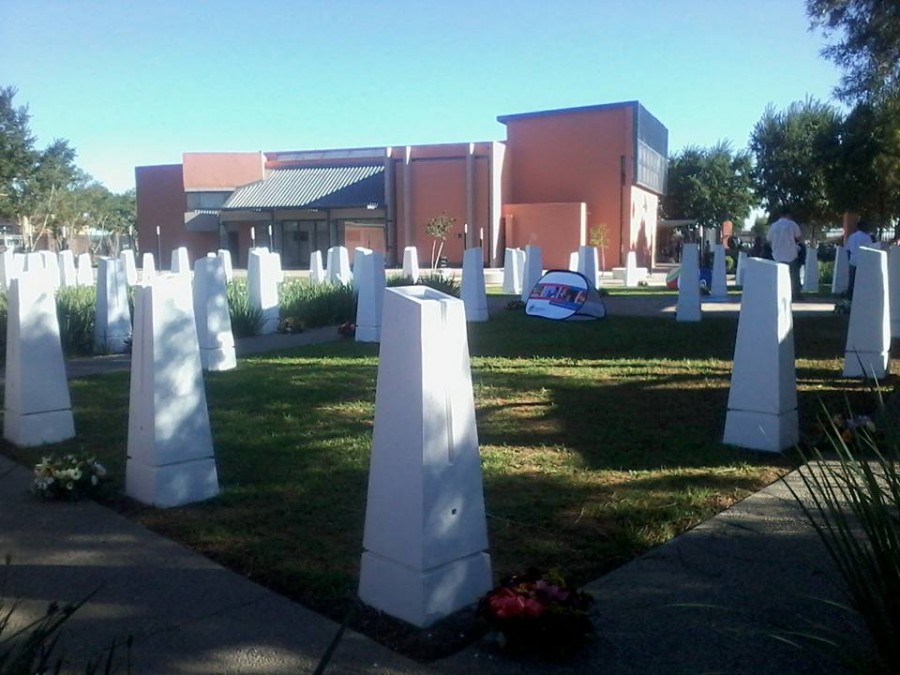
Then & Now: 21 Human Rights all South Africans Enjoy Today
As South Africa commemorated National Human Rights Day on Monday, and remembered the 69 people who were shot and killed by apartheid police during the Sharpeville Massacre 56 years ago… Here are 21 human rights that were denied to the majority in the past…but which are enjoyed by all South Africans today: 1. Black Land Act […]
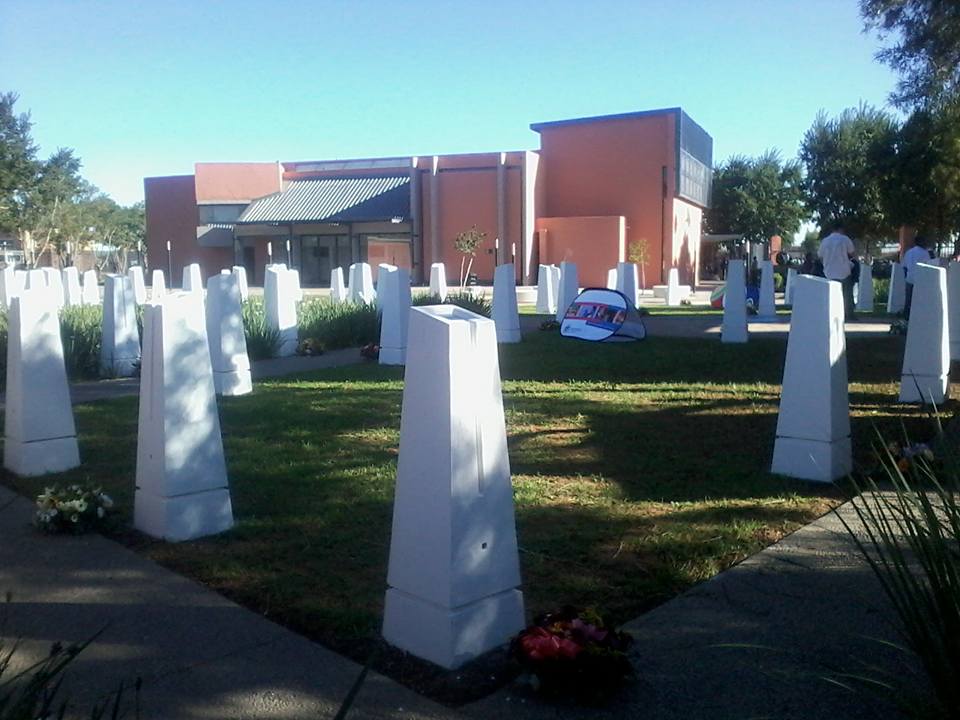
As South Africa commemorated National Human Rights Day on Monday, and remembered the 69 people who were shot and killed by apartheid police during the Sharpeville Massacre 56 years ago…

Here are 21 human rights that were denied to the majority in the past…but which are enjoyed by all South Africans today:
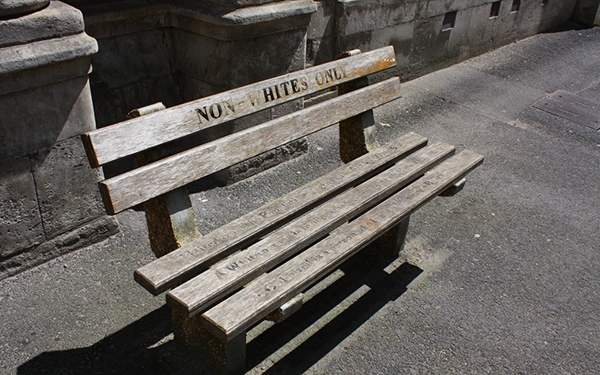
1. Black Land Act of 1913
THEN: This law stopped black South Africans from owning or even renting land that was outside the reserves.
NOW: It was cancelled by section one of the Abolition of Racially Based Land Measures Act No 108 of 1991. This meant that anyone can now own or rent any land.
2. Electoral Laws Amendment Act of 1940
THEN: Under this law, only white South Africans over the age of 18 were allowed to vote.
NOW: Every person who has a valid South African identity book, and is over the age of 18, can register and vote.
“Every adult citizen has the right to vote in elections for any legislative body established in terms of the Constitution, and to do so in secret” – Bill of Rights
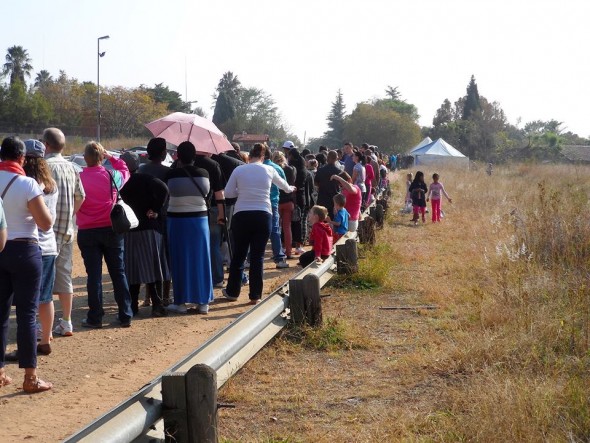
“The state may not unfairly discriminate directly or indirectly against anyone on one or more grounds, including race, gender, sex, pregnancy, marital status, ethnic or social origin, colour, sexual orientation, age, disability, religion, conscience, belief, culture, language and birth.” – Bill of Rights
3. The Prohibition of Mixed Marriages Act of 1949
THEN: When the National Party came into power in South Africa in 1948, it implemented various apartheid laws. This act banned marriage between any white person and a person of another a different racial group.
NOW: Everyone has the right to marry the person of their choice. The Civil Union Act of 2006 also allows same-sex partners to marry.
4. Immorality Amendment Act of 1950
THEN: This law made it illegal for people from two different race groups to have sex. It also prohibited other acts considered illegal under the Christian government of the time, such as adultery or attempted adultery.
NOW: All South Africans are free to choose their sexual partners, and the number of partners they have.
5. Suppression of Communism Act of 1950
THEN: This act outlawed the South African Communist Party (SACP) and all communist propaganda. It also authorised the punishment or banning of anyone participating in communist activities.
NOW: The SACP is part of the Tripartite Alliance with African National Congress (ANC), which rules the country, and the Congress of South African Trade Unions (Cosatu).
6. The Group Areas Act of 1950
THEN: This law made residential separation by race group mandatory. The government set up different areas where blacks, coloureds, Indians and whites could live. It led to thousands of people being relocated to designated areas based on race alone.
NOW: People are free to live where they want to live.
“Every citizen has the right to enter, to remain in and to reside anywhere in, the Republic,” states the Bill of Rights.
7. The Population Registration Act of 1950
THEN: This act divided South Africans into different race groups; these groups determined an individual’s economic, social and political rights. It used methods such as the ‘pencil test’ – a pencil was placed in an individual’s hair to determine the kink. If the pencil did not easily fall out, then the individual fell into the black population category.
NOW: While South Africans are still classified according to race, it is solely the basis for collecting population census information and addressing the inequalities of the past.
8. The Bantu Authorities Act of 1951
THEN: The government set up areas known as homelands for the black population. Each operated independently under a leader, but they were still subordinate to the South African government.
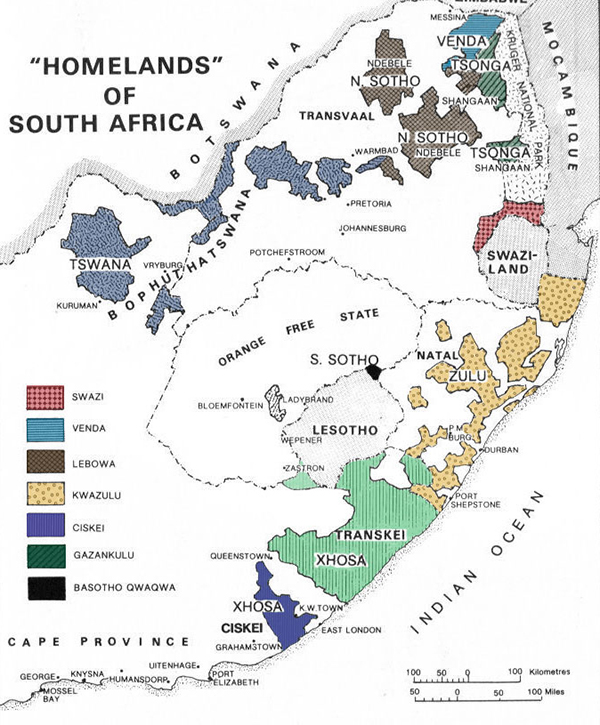
NOW: The homelands are all a part of South Africa, which is a single republic divided into nine provinces.
9. Natives (Abolition of Passes and Co-ordination of Documents) Act of 1952
THEN: Under this act, the old pass book was replaced with a reference book containing a person’s image, place of origin, tax records, employment details, fingerprints and encounters with the police. All black men were required to carry this hated document, colloquially known as a dompas, and failure to produce it when asked by the police was an offence. When the system was extended to black women, they protested by marching from Johannesburg to the Union Buildings in Pretoria, in 1956.
NOW: There is a standard identity document for all citizens of South Africa.
10. Bantu Education Act of 1953
THEN: Under this education system, black children were taught a different curriculum from white children. The aim was to provide them with skills to work in manual jobs only. “There is no place for the Bantu in the European community above the level of certain forms of labour,” said Dr HF Verwoerd, the prime minister and prime architect of apartheid. “Until now he has been subjected to a school system which drew him away from his own community and misled him by showing him green pastures of European society in which he was not allowed to graze.”
NOW: All schools fall under a single, national Department of Education.
“Everyone has the right to a basic education, including adult basic education” – Bill of Rights
11. Reservation of Separate Amenities Act of 1953
THEN: This law stated that there should be separate facilities such as toilets, beaches and parks for different race groups. This was indicated by signs seen throughout the country. The act also stated that the quality of the amenities should be different.
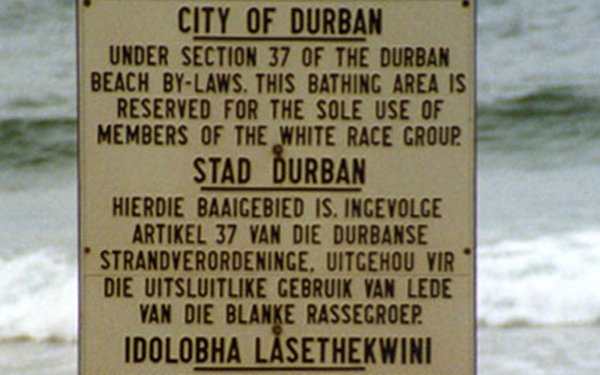
NOW: South Africans are free to use any toilet, or play in any park, or swim at any beach they prefer.
“Everyone has the right to freedom of movement” – Bill of Rights
12. Natives Resettlement Act of 1954
THEN: This act allowed the removal of black people from the area next to the magistrate’s court in Johannesburg. It made it legal for the removal of the black population out of Sophiatown, in Johannesburg, to relocate them to Soweto. Sophiatown was renamed Triomf, meaning “triumph” in Afrikaans, after the removal.
NOW: The suburb was eventually renamed Sophiatown in 2006.
13. Natives (Prohibition of Interdicts) Act of 1956
THEN: This law made it illegal for blacks to apply to courts for protection by means of an interdict, or use the legal system to protest against any apartheid law.
NOW: All South Africans are able to use the legal system and everyone is equal before the law.
“Everyone has the right to have any dispute that can be resolved by the application of law decided in a fair public hearing before a court or, where appropriate, another independent and impartial tribunal or forum.” – Bill of Rights
14. Riotous Assemblies Act of 1956
THEN: Gathering in public spaces was illegal if the Minister of the Justice deemed it to be an endangerment to public peace.
NOW: South Africans can gather en masse, even if they are protesting against government policies, although they do need permission from the police for large gatherings.
“Everyone has the right, peacefully and unarmed, to assemble, to demonstrate, to picket and to present petitions” – Bill of Rights
15. Extension of University Education Act of 1959
THEN: Different tertiary institutions were set up for different races and ethnicities; for example, the University of Fort Hare was set up for isiXhosa speaking people and the University of the North was designated for seSotho and Tswana speaking students.
NOW: All universities are open to anyone who makes the grade and are able to pay the fees.
“Everyone has the right to further education, which the state, through reasonable measures, must make progressively available and accessible” – Bill of Rights
16. Unlawful Organisations Act of 1960
THEN: Organisations that threatened public peace were declared unlawful, which immediately affected the ANC and the Pan Africanist Congress (PAC).
NOW: Everyone is free to form any organisation because the Bill of Rights ensures “everyone has the right to freedom of association”.
17. Prohibition of Mixed Marriages Amendment Act of 1968
THEN: This law invalidated any marriage that took place outside South Africa between a male citizen and a woman of another race.
NOW: South Africans can love and marry whomever they choose.
18. Bantu Homelands Citizens Act of 1970
THEN: Black people became citizens of their homelands and were denied the right to South African citizenship.
NOW: All South Africans enjoy full citizenship of the country.
“No citizen may be deprived of citizenship” – Bill of Rights
19. Black Laws Amendment Act of 1973
THEN: This law sped up the process of removing blacks from their places of residence, to a homeland. If they refused to move, they were no longer allowed to appeal the decision.
NOW: South Africans are free to live anywhere in the country.
“No one may be evicted from their home, or have their home demolished, without an order of court made after considering all the relevant circumstances,” reads the Bill of Rights. “No legislation may permit arbitrary evictions.”
20. Newspaper and Imprint Registration Act of 1977
THEN: This meant that newspapers had to be registered and conform to a code of conduct.
NOW: “Everyone has the right to freedom of expression, which includes freedom of the press and other media,” states the Bill of Rights.
21. Internal Security Act of 1979
THEN: The law allowed the government to declare any organisation illegal and meetings of more than 20 people were illegal unless they had received permission from a magistrate.
NOW: People are free to form an organisation and meet when needed.
Sources: South African History Online and the Constitutional Court / MediaClubSouthAfrica
